When determining the optimal time for your Mount Kilimanjaro ascent, numerous factors merit consideration, with weather standing as the paramount influencer. The mountain’s equatorial location renders it subject to distinct wet and dry seasons, deviating from the typical four-season model.
During the wet seasons in April-May and November, Kilimanjaro experiences increased precipitation. Yet, akin to many tropical regions, pinpointing the precise onset and cessation of rainfall proves challenging. Conversely, the dry season, spanning the remaining months, generally delivers sunnier days. However, even in this period, the guarantee of unobstructed vistas remains uncertain.
Beyond weather considerations, factors like temperature, trekking traffic density, difficulty level, and safety concerns weigh into your decision-making process. Understanding these variables holistically ensures a well-informed choice for an optimal Kilimanjaro climbing experience.
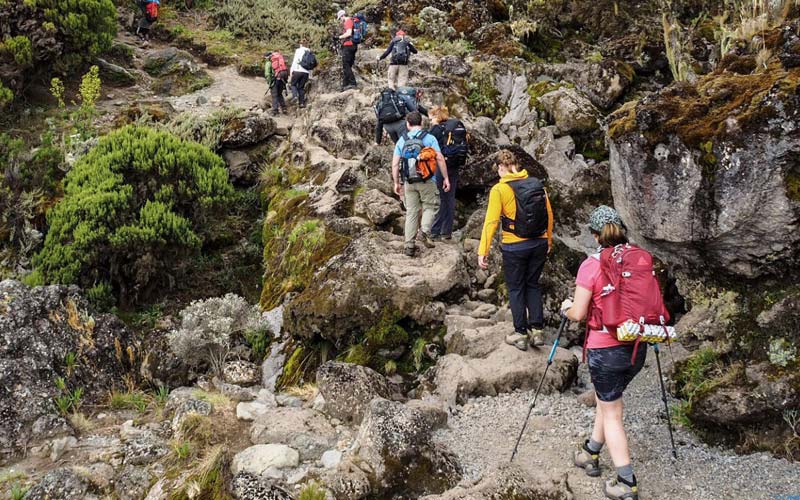
The optimal climbing seasons for Mount Kilimanjaro typically fall between July-August-September and January-February. During these periods, many travelers coincide their holidays, benefiting from ideal weather conditions for the ascent.
Conversely, the rainy seasons of April, May, and November deter the majority of climbers. The likelihood of trekking amidst drizzle heightens, softening soil and increasing rock slipperiness, thereby elevating the adventure’s risk factor. Despite these challenges, landscape photographers find allure in Tanzania’s rainy season. Increased precipitation blankets the peak with snow, offering opportunities to capture the majestic snow-capped summit of Kilimanjaro. Moreover, this time presents a unique chance to avoid route congestion and revel in the solitude of traversing virgin snow-covered paths. the best time to climb Kilimanjaro?
The best time to climb Kilimanjaro
Each period of the year offers its own unique experience for climbing Mount Kilimanjaro:
April-May: The onset of the “big” rainy season brings colder temperatures and fewer climbers. However, rain showers are common during this period.
June-July: Rainfall diminishes, leading to dry and clear weather on Kilimanjaro, albeit with chilly nights. June is particularly underrated, offering quiet routes and sunny conditions.
August-September: Peak climbing season with optimal weather conditions. Days are clear and warmer, though rain may persist in forested areas. Routes become busier as September approaches.
October: Weather remains favorable until mid-month, with fewer climbers providing a more solitary trekking experience. Occasional rain showers are manageable with proper gear.
November: The “small” rainy season begins, continuing into mid-December. Misty conditions add challenge and excitement, though the chance of rain and clouds increases.
December-January: Despite high traffic due to holiday seasons, rain and thick clouds may dampen lower-altitude portions of the climb.
Mid-January to mid-March: Popular period with balanced weather – not too cold or wet. Days are typically dry, though occasional rain showers are possible. Rain becomes more frequent towards late March as the “big rains” season approaches.
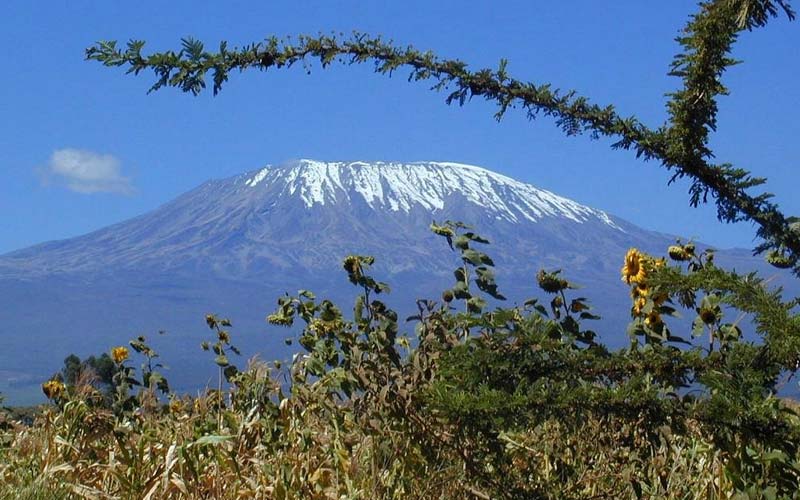

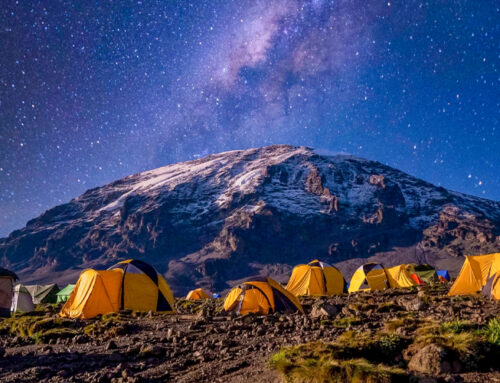
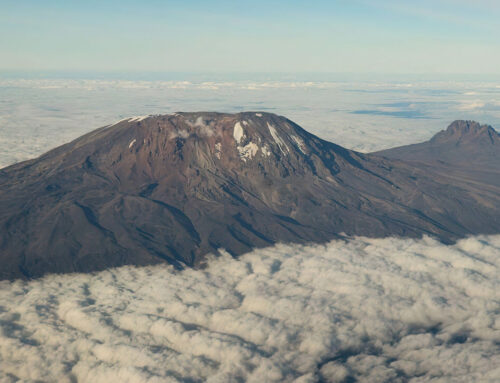
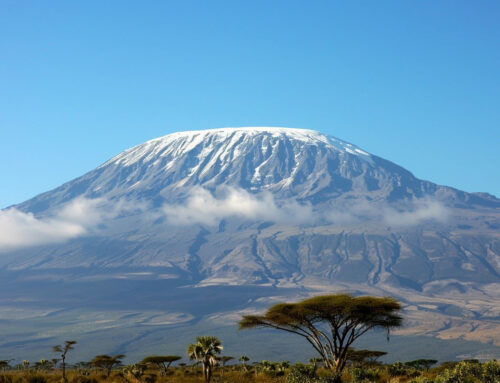

Leave A Comment